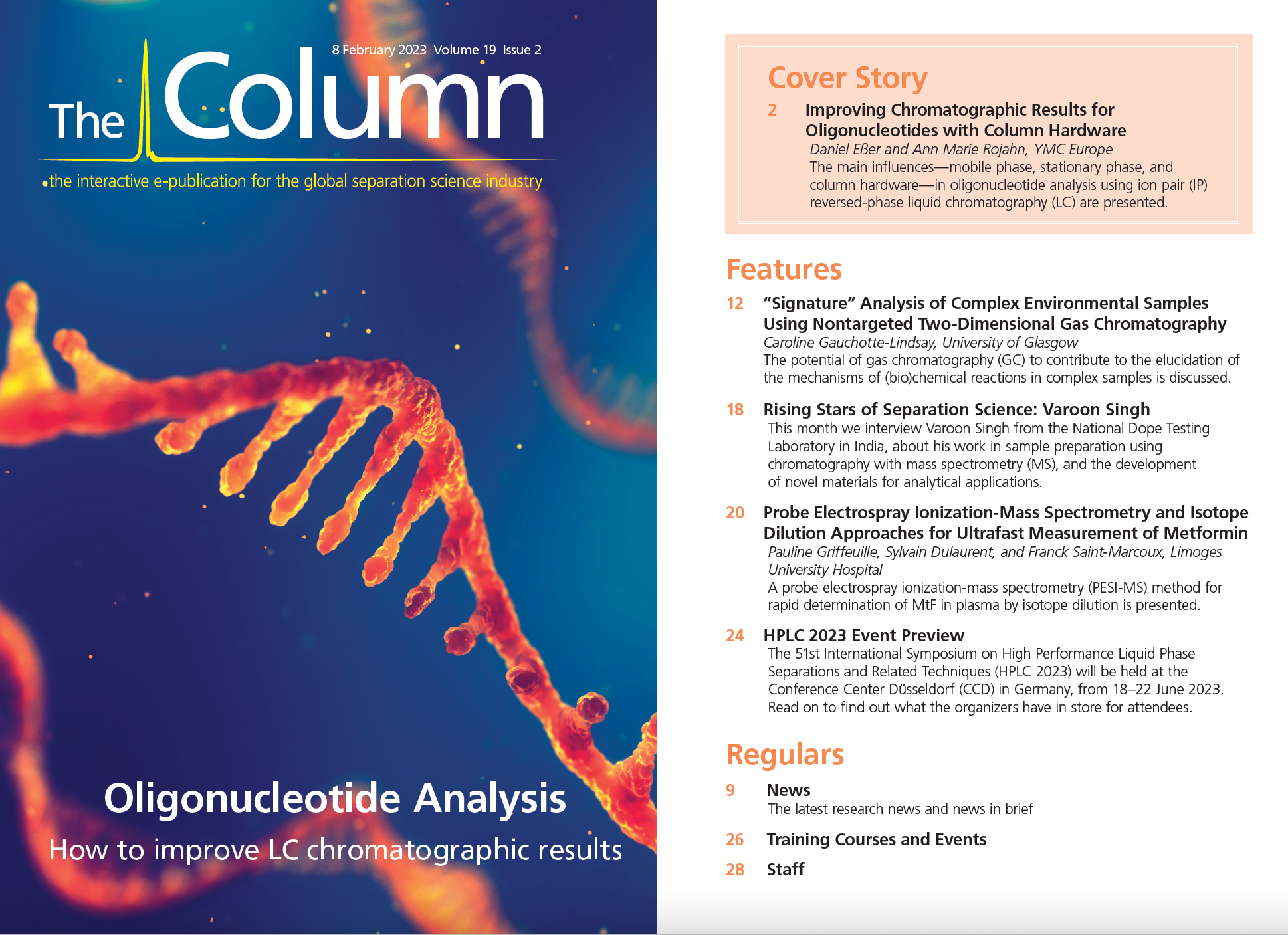Bruker and Biognosys Announce Partnership
Bruker Corporation (Billerica, Massachusetts, USA) and Biognosys AG (Schlieren, Switzerland) have announced a strategic partnership, in which Bruker has made a majority-ownership investment in Biognosys.
Co-founder and CEO Oliver Rinner and his leadership team will continue to manage Biognosys as a proteomics and proteogenomics contract research organization (CRO) services and proteomics software company. Going forward, Biognosys’ biomarker and biopharma customers will be able to access additional services in the US. Biognosys mass spectrometry‑based proteomics solutions help CRO services and proteomics software customers uncover connections between genome, transcriptome, and phenotype and
explore disease biology.
Rinner commented, “We are pleased to partner with Bruker to leverage our unique synergies to enable customers to explore the depth of the proteome from early research to clinical development.”
Rohan Thakur, president of the Bruker Life-Science Mass Spectrometry division, said, “We are delighted to partner with Biognosys to expand our CRO business in the US. We have many common biomarker and biopharma customers, and even more potential customers may prefer a proteomics CRO services expert like Biognosys for rapid, highest quality and flexible insertion of proteomics into their biomarker or biopharma discovery and development.”
Professor emeritus and proteomics pioneer Ruedi Aebersold added, “For over a decade, ETH spin-off Biognosys has translated novel proteomics methods pioneered in our research group into robust, high-performance workflows for large-scale basic and translational research. I am delighted that this new partnership between Biognosys and Bruker will further accelerate access to high performance proteomics. It will also provide opportunities to develop next-generation technology and methods to determine unexplored but functionally relevant dimensions of the proteome and protein interaction networks as a function of cellular state.”
For more information, please visit www.bruker.com or www.biognosys.com

Evaluating Body Odor Sampling Phases Prior to Analysis
April 23rd 2025Researchers leveraged the advantages of thermodesorption, followed by comprehensive two-dimensional gas chromatography coupled to time-of-flight mass spectrometry (GC×GC/TOF-MS), to compare and assess a variety of sampling phases for body odor.

.png&w=3840&q=75)

.png&w=3840&q=75)



.png&w=3840&q=75)



.png&w=3840&q=75)














